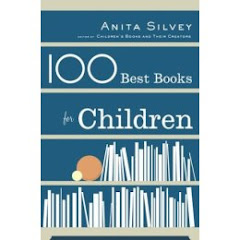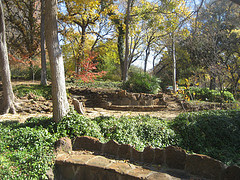
In March
By: Anna Grossnickle Hines
(Taken from the poetry book Pieces, A Year in Poems & Quilts)
Introduction: Plan a unit on the five senses in early March. Discuss, with lower elementary school students, the five senses. List them on the board (see, hear, touch, smell, and taste). Using sections of an orange, have students describe the senses used to describe the orange.
Take time mention that Spring begins in March. List characteristics that come to mind, when the students think of Spring.
Challenge the students to listen to the words as the teacher reads, In March. When this poem is read a second time, ask the students to think about the senses that come to mind. After the second reading, display the text and begin the extension activity.
In March
The long winter snow
melts in drips
and trickles
as, mittenless,
I splash in puddles,
squishing mud
on my boots,
while the creek
bubbles in celebration.
I can hear:
I can see:
I can smell:
I can feel:
I can taste:
A summary of how I feel about this poem:
Take time to share.


No comments:
Post a Comment